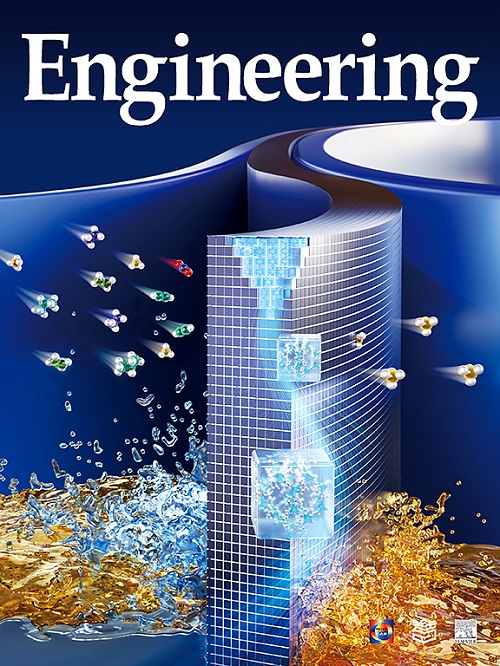Hydrate Blockage in Subsea Oil/Gas Pipelines: Characterization, Detection, and Engineering Solutions
IF 10.1
1区 工程技术
Q1 ENGINEERING, MULTIDISCIPLINARY
引用次数: 0
Abstract
With the development of offshore oil and gas resources, hydrates pose a significant challenge to flow assurance. Hydrates can form, accumulate, and settle in pipelines, causing blockages, reducing transport capacity, and leading to significant economic losses and fatalities. As oil and gas exploration moves deeper into the ocean, the issue of hydrate blockages has become more severe. It is essential to take adequate measures promptly to mitigate the hazards of hydrate blockages after they form. However, a prerequisite for effective mitigation is accurately detecting the location and amount of hydrate formation. This article summarizes the temperature–pressure, acoustic, electrical, instrumental–response, and flow characteristics of hydrate formation and blocking under various conditions. It also analyzes the principles, limitations, and applicability of various blockage detection methods, including acoustic, transient, and fiber-optic-based methods. Finally, it lists the results of field experiments and commercially used products. Given their advantages of accuracy and a wide detection range, acoustic pulse reflectometry and transient-based methods are considered effective for detecting hydrate blockages in future underwater pipelines. Using strict backpressure warnings combined with accurate detection via acoustic pulse reflectometry or transient-based methods, efficient and timely diagnosis of hydrate blockages can be achieved. The use of a hydrate model combined with fiber optics could prove to be an effective method for detecting blockages in newly laid pipelines in the future.
海底油气管道中的水合物堵塞:表征、检测和工程解决方案
随着海上油气资源的开发,水合物对流动保障提出了重大挑战。水合物可以在管道中形成、积聚和沉淀,造成堵塞,降低运输能力,并导致重大的经济损失和死亡。随着石油和天然气勘探深入海洋,水合物堵塞问题变得更加严重。在水合物堵塞形成后,及时采取适当措施减轻其危害是至关重要的。然而,有效减缓的先决条件是准确探测水合物形成的位置和数量。本文综述了各种条件下水合物形成和堵塞的温度-压力、声学、电学、仪器响应和流动特性。本文还分析了各种堵塞检测方法的原理、局限性和适用性,包括声学、瞬态和基于光纤的方法。最后,列出了田间试验结果和商业化产品。声波脉冲反射法和基于瞬态的方法具有精度高、探测范围广的优点,被认为是未来水下管道水合物堵塞检测的有效方法。通过严格的反压预警,结合声脉冲反射法或瞬态法的精确检测,可以实现有效、及时的水合物堵塞诊断。水合物模型与光纤相结合的使用将被证明是未来检测新铺设管道堵塞的有效方法。
本文章由计算机程序翻译,如有差异,请以英文原文为准。
求助全文
约1分钟内获得全文
求助全文
来源期刊

Engineering
Environmental Science-Environmental Engineering
自引率
1.60%
发文量
335
审稿时长
35 days
期刊介绍:
Engineering, an international open-access journal initiated by the Chinese Academy of Engineering (CAE) in 2015, serves as a distinguished platform for disseminating cutting-edge advancements in engineering R&D, sharing major research outputs, and highlighting key achievements worldwide. The journal's objectives encompass reporting progress in engineering science, fostering discussions on hot topics, addressing areas of interest, challenges, and prospects in engineering development, while considering human and environmental well-being and ethics in engineering. It aims to inspire breakthroughs and innovations with profound economic and social significance, propelling them to advanced international standards and transforming them into a new productive force. Ultimately, this endeavor seeks to bring about positive changes globally, benefit humanity, and shape a new future.
 求助内容:
求助内容: 应助结果提醒方式:
应助结果提醒方式:


